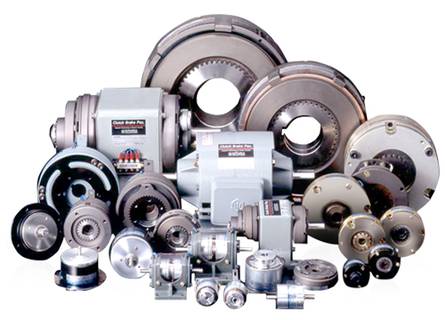Retail and consumer packaged goods (CPG) are two terms that are often used interchangeably, but they are not the same thing. While both are related to the sale of products to consumers, there are some key differences between the two. In this article, we will explore the differences between retail and CPG, and how they impact the industry.
What is Retail?
Retail refers to the sale of products to consumers through physical or online stores. Retailers purchase products from manufacturers or wholesalers and sell them to consumers at a markup. Retailers can be small independent businesses or large chains, and they can sell a wide range of products, from clothing to electronics to groceries.
What are Consumer Packaged Goods?
Consumer packaged goods (CPG) are products that are sold to consumers in a pre-packaged form. These products are typically sold in grocery stores, drug stores, and other retail outlets. Examples of CPG include food and beverages, personal care products, and household cleaning products.
Key Differences between Retail and CPG:
- Product Range: Retailers can sell a wide range of products, while CPG companies typically focus on a specific product category, such as food or personal care products.
- Sales Channels: Retailers sell products through physical or online stores, while CPG companies sell products through retail outlets and wholesalers.
- Marketing: Retailers focus on promoting their stores and the products they sell, while CPG companies focus on promoting their individual products.
- Packaging: CPG products are sold in pre-packaged form, while retailers may sell products in bulk or in individual packages.
Impact on the Industry:
Understanding the differences between retail and CPG is important for businesses in both industries. Retailers need to understand the products they sell and how to market them effectively, while CPG companies need to understand the sales channels and distribution networks that are available to them. By understanding these differences, businesses can make informed decisions about how to best reach their target audience and grow their business.
Conclusion:
In conclusion, while retail and CPG are related to the sale of products to consumers, they are not the same thing. Retailers sell a wide range of products through physical or online stores, while CPG companies focus on specific product categories and sell products through retail outlets and wholesalers. Understanding these differences is important for businesses in both industries to make informed decisions about how to best reach their target audience and grow their business.
